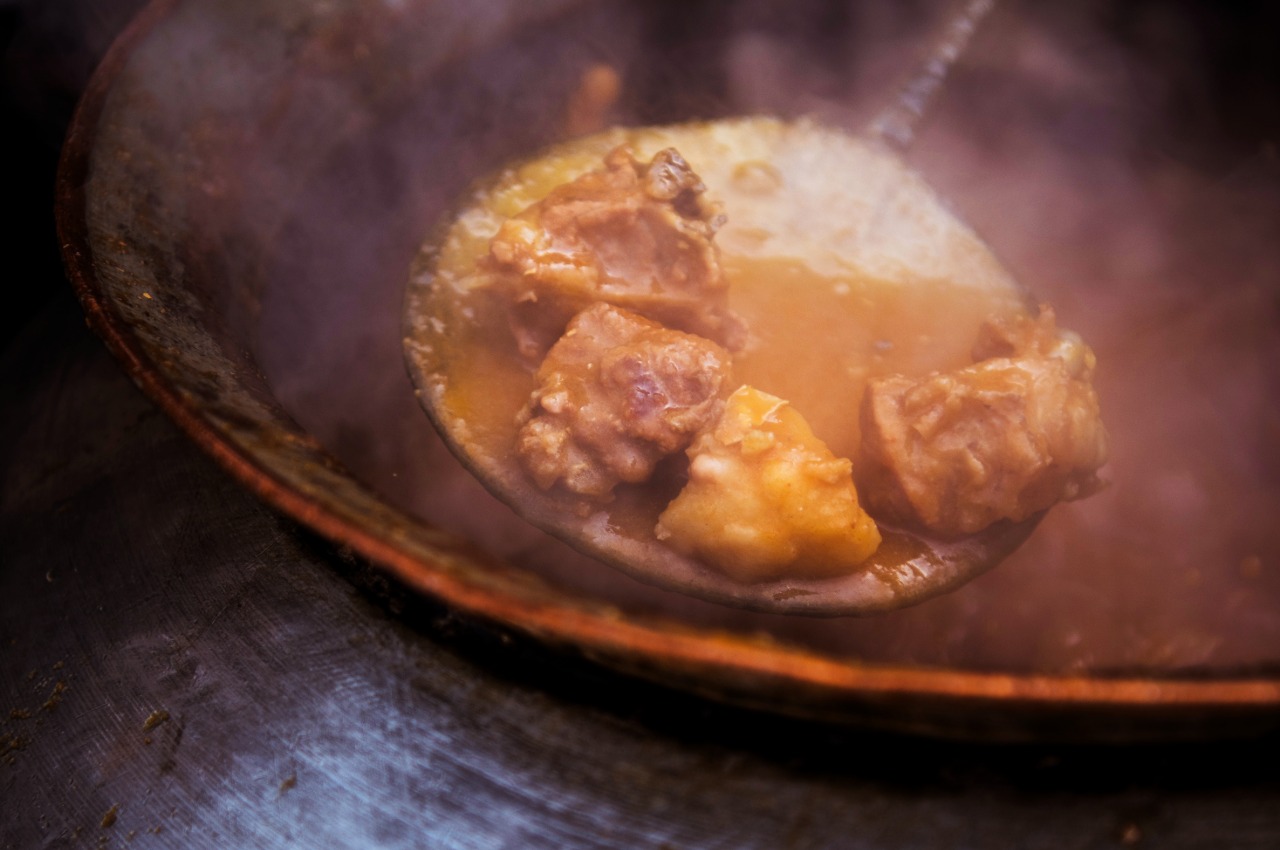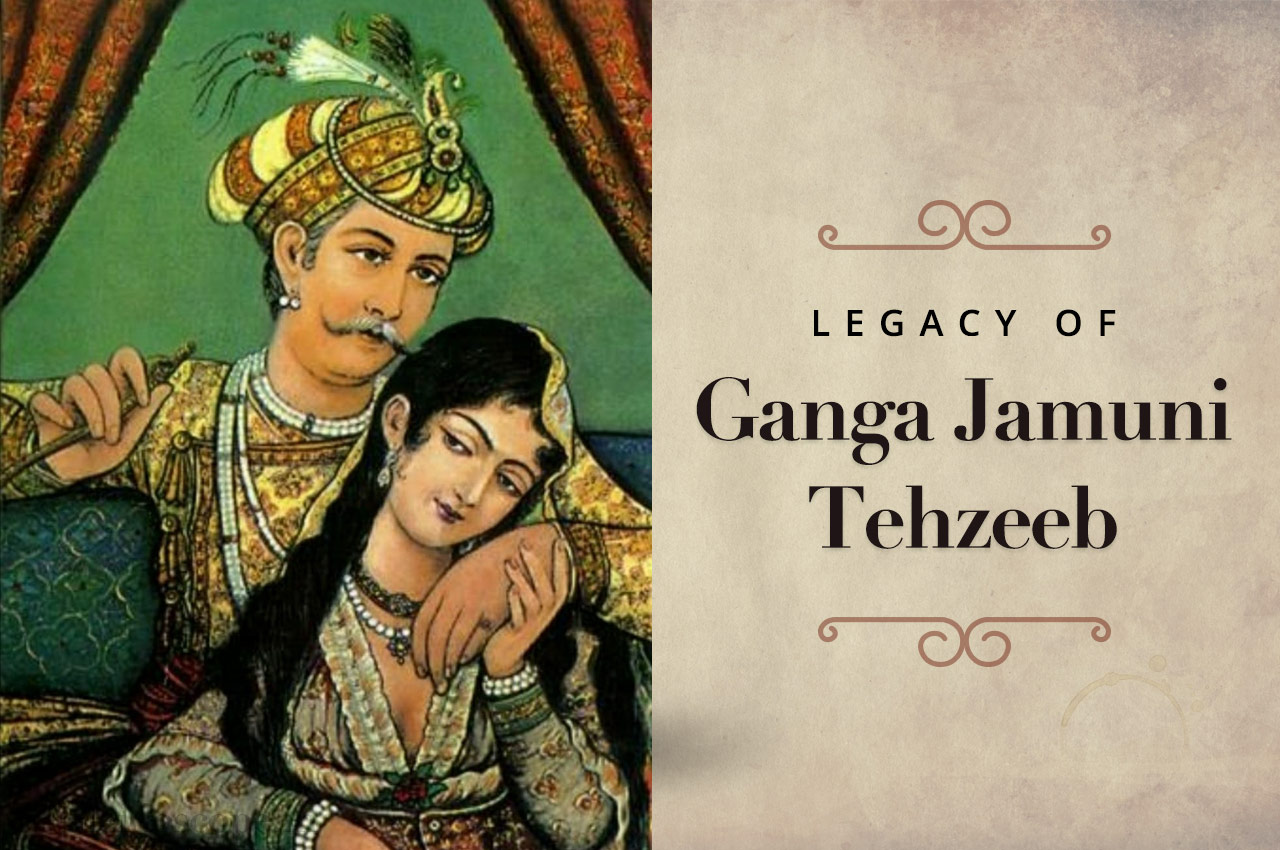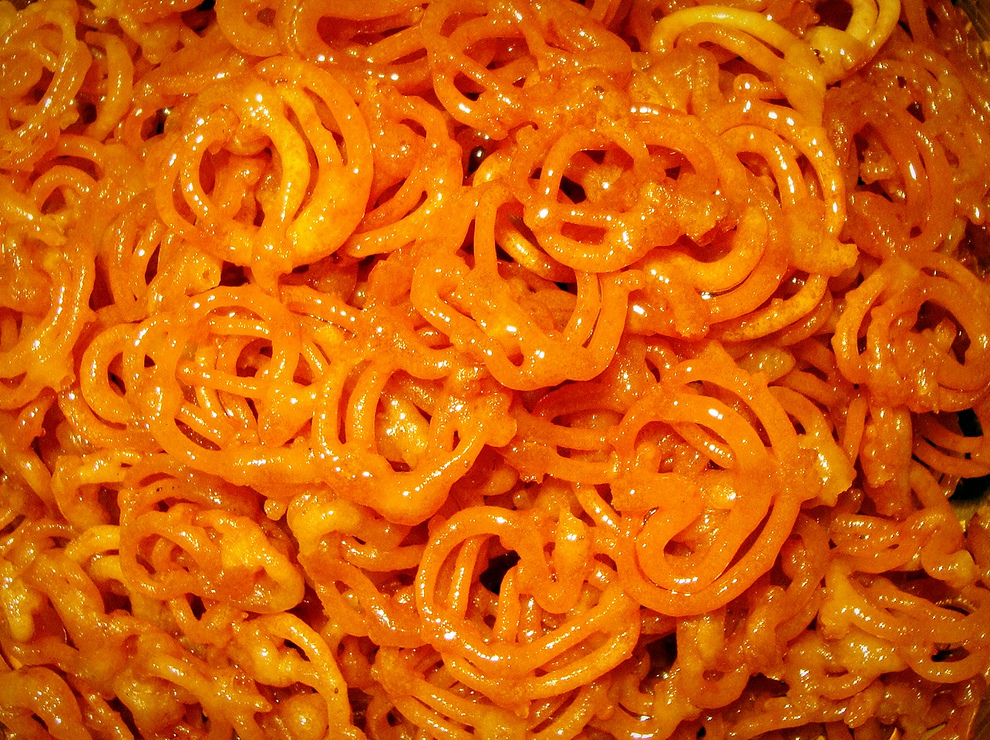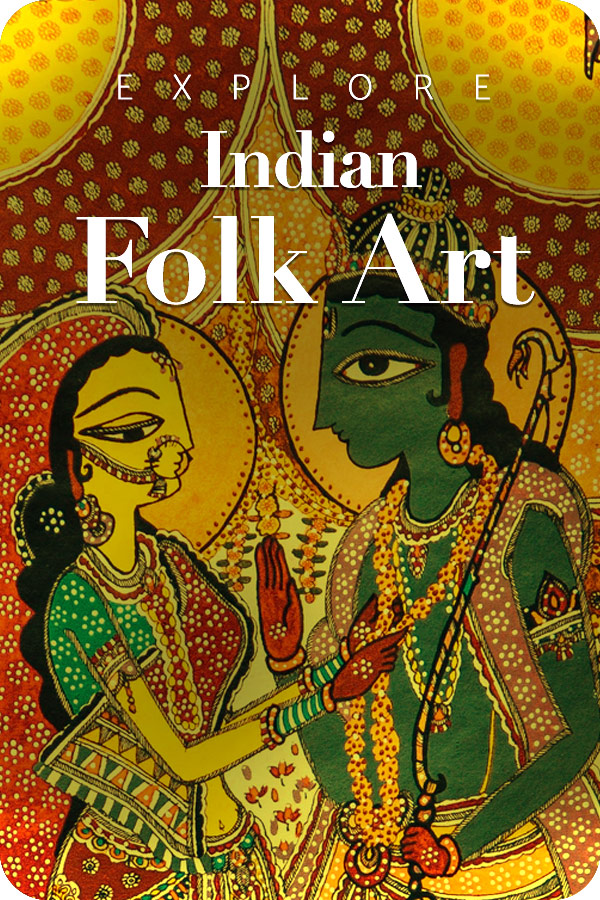
On October 31, 2025, at the 43rd session of UNESCO’s General Conference in Samarkand, Uzbekistan, on World Cities Day, UNESCO formally ascribed Lucknow to its Creative Cities Network as a Creative City of Gastronomy, situating Uttar Pradesh’s capital on the global scroll of international cities with a living culinary tradition. This is a global recognition and acknowledgement of the city’s rich culinary heritage. Following Hyderabad, Lucknow is the second Indian city to join this elite global network in the gastronomical category. The badge that has been conferred upon the city is a celebration of its century-old tradition and a thriving community of food artisans, and a commitment to using food as a driver for sustainable urban growth and international exchange. With Lucknow becoming a recipient of this accreditation, the city now holds more responsibilities to protect and promote its culinary knowledge and empower small-scale producers and vendors to align themselves with the global food nexus.
Suggested Story: 10 Lucknow Food Delicacies that Will Make You a Foodie for Sure!
The Historical Roots of Awadhi Gastronomy

To inquire about the reasons for choosing Lucknow, one must trace its history to Oudh. The distinctive rise of the Awadhi cuisine occurred because of the patronage of the Nawabs of Awadh from the 18th century onwards. The distinctiveness of this cuisine lies in the assimilation of Persianate courtly culinary practices with Indian ingredients, techniques, and preferences. The Nawabs, known for their refined tastes and patronage of arts, paved a path for the metamorphosis of cooking from a necessity to a craft known as rakabdari. The royal kitchen produced slow-cooking techniques, notably the dum pukht, literally, ‘to breathe and to cook’, layered with spices, resulting in dishes with seamless texture and balance of flavours; this is the hallmark that continues to be Lucknow’s signature repertoire. This technique involves sealing compact ingredients in a heavy base vessel, such as a handi, and cooking for hours on a low flame. While Mughal cuisine involved heavy use of spices and nuts, the Awadhi cuisine is more oriented towards a nuanced use of spices for the purpose of infusing its delicate flavours and texture in the food.

Well, the legend of the origin of this cuisine is connected to a benevolent king who was concerned about feeding his subjects during a harsh famine. He is said to have ordered the workers to cook the food in sealed vessels to preserve heat and flavour, and the resulting dish was so exquisite that it actually turned out to be a royal staple. Lucknow is rightly often described as a place whose food is fit for the kings. A plethora of Kebabs, Sheermal breads, biryani, and desserts are often associated with “Lucknawi” taste. The exquisite kebabs are the result of the contribution of the royal chefs, the Khansamas. The most famous among the kebabs is undoubtedly the Galouti Kebab. The melt-in-the-mouth experience, and the striking flavour of a blend of over 100 spices, is truly unmatched. This delicacy was created for a Nawab who had lost his teeth, but his love for meat remained.

Another interesting instance is attested to the Kakori Kebab, which is said to have been invented when a British officer criticized the rough texture of the Seekh Kebab. The royal master chef, known as the rakabdar, of the Nawab of Kakori, created a softer version using of it by using a specific cut of mutton, raan ki machhli, and adding khyoya for smoothness. The Seekh Kebab, on the other hand, is the local adaptation of the traditional Central Asian shish kebab that was refined in the Nawabi kitchens and was given a more smoky and grilled texture with a spicier taste.
This list can not end without mentioning the Yakhni pulao, also known as the Awadhi Biryani. This version is subtle as compared to its southern counterparts and emphasizes more on a delicate aroma and balance of flavours rather than a zesty use of spices. Other signatures of the region include Nihari, a slow-cooked mutton stew; Sheermal, a saffron-flavoured mild sweet naan; and the Shahi Tukda and Malai Gilori, desserts that incorporate milk, saffron, and dry fruits.
Decoding the Tag

UNESCO’s Creative Cities Network does three practical things: it recognizes the city’s creative and cultural assets, opens doors to international cooperation and exchange, and provides better scopes for funding & partnerships. Thirdly, it also asks member cities to deliver and report on actionable programmes such as documentation, education, vendor support, food safety, and sustainable sourcing, among them. The nomination dossier prepared by Uttar Pradesh Tourism Directorate and the Ministry of Culture surpasses the royal kitchens. Over 20,000 street food vendors and home-based female chefs’ voices were recorded. This culmination reached 70,000 recordings and was basically intended to showcase the inclusive food culture that runs through the throbbing pulse of the city. It is a beautiful demarcation of the Ganga-jamuni Tehzeeb, or the fusion of Hindu-Muslim cultures that still binds the city in the threat of unity. Famous street food like the Tokri Chaat and desserts such as Ram Asrey were also recognized as vital components of the foodscape of Lucknow. With opportunities also come obligations. The tag amplified Lucknow’s responsibility to protect its food from concrete commercialization, which could completely strip off its essence.
Government Response and National Significance
The Government of India and Uttar Pradesh authorities welcomed the recognition with open arms and also considered it a major cultural milestone. As the Prime Minister’s Office (PIB) published the Prime Minister’s message welcoming UNESCO’s decision and calling the designation a reflection of Lucknow’s “vibrant culture,” whose core includes its culinary traditions. The UN India mission also highlighted that Lucknow has become the second Indian city to be formally recognised in the gastronomy category, joining Hyderabad, which UNESCO designated in 2019, hence recognizing India’s zealous presence in global gastronomy.
Challenges to Anticipate
A UNESCO tag definitely raises expectations. Cities are likely to face tensions between booming tourism and daily life. The prudentiality of the real gains will rely heavily on policy choices, such as inclusive programming, heritage documentation, support for entrepreneurs, food safety training, and incentives. UNESCO membership provides the stage of upliftment, but it is the local governance that must transform this recognition into livelihoods.
| Lucknow Cuisine | Key Points |
|---|---|
| Designation | UNESCO Creative City of Gastronomy, announced on October 31, 2025 (World Cities Day). |
| Significance | Lucknow becomes the second Indian city after Hyderabad to earn this prestigious global culinary title. |
| Core Cuisine | Awadhi cuisine — celebrated for refinement, balanced flavors, and delicate cooking methods rooted in Nawabi traditions. |
| Signature Technique | Dum Pukht — a slow-cooking method sealing ingredients for rich aroma and texture, symbolic of Awadhi mastery. |
| Iconic Dishes | Galouti Kebab, Kakori Kebab, Awadhi Biryani, Nihari, Sheermal, Tokri Chaat, and Shahi Tukda. |
| Inclusivity | Highlights Lucknow’s Ganga-Jamuni Tehzeeb, uniting royal kitchens, home chefs, and over 20,000 street food vendors. |
| UCCN Criteria | Met UNESCO benchmarks for heritage preservation, creative sustainability, and global cultural exchange. |
| Impact | Elevates Lucknow’s global stature, encourages sustainable gastronomy, and promotes culinary tourism and livelihoods. |
| Key Highlights | • Announced during UNESCO’s 43rd General Conference in Samarkand. • Recognizes Awadhi cuisine as a living cultural asset of global value. • Connects Lucknow to international food collaborations and exchange programs. • Welcomed by the Government of India as a symbol of national cultural pride. • Promotes sustainable food practices and heritage documentation. |
| Takeaway | Lucknow’s UNESCO Gastronomy title honors its royal kitchens and vibrant street food culture, while urging sustainable preservation of culinary heritage for future generations. |
Key highlights

- UNESCO announced Lucknow’s inclusion on World Cities Day 2025, in a 58-city expansion of the Creative Cities Network.
- The inscription recognises Awadhi cuisine, dum cooking, kebabs, biryani, kormas, breads, and sweets as a living cultural asset documented by national cultural programmes.
- The designation formally connects Lucknow to global exchange platforms, technical support channels, and collaborative projects oriented to sustainable food culture.
- The Government of India publicly welcomed the tag and framed it as a matter of national cultural pride.
Takeaway
The UNESCO Creative City of Gastronomy designation is undoubtedly a triumphant moment as it rightly validates the historical depth of Awadhi cuisine. However, the true victory lies in the future. This tag is a call for action for the city’s government, chefs, and citizens alike to reframe food as a domain of cultural knowledge and creativity. The city must ensure that the wave of tourism and commercialization is judiciously managed to empower the people toiling around fire and creating delicacies, protect the indigenous ingredients, and preserve the culinary techniques. Lucknow’s food is a breathing museum; its status as a Creative City must ensure that it continues as unadulterated, for centuries to come.
FAQs on Lucknow’s UNESCO Creative City of Gastronomy Tag







